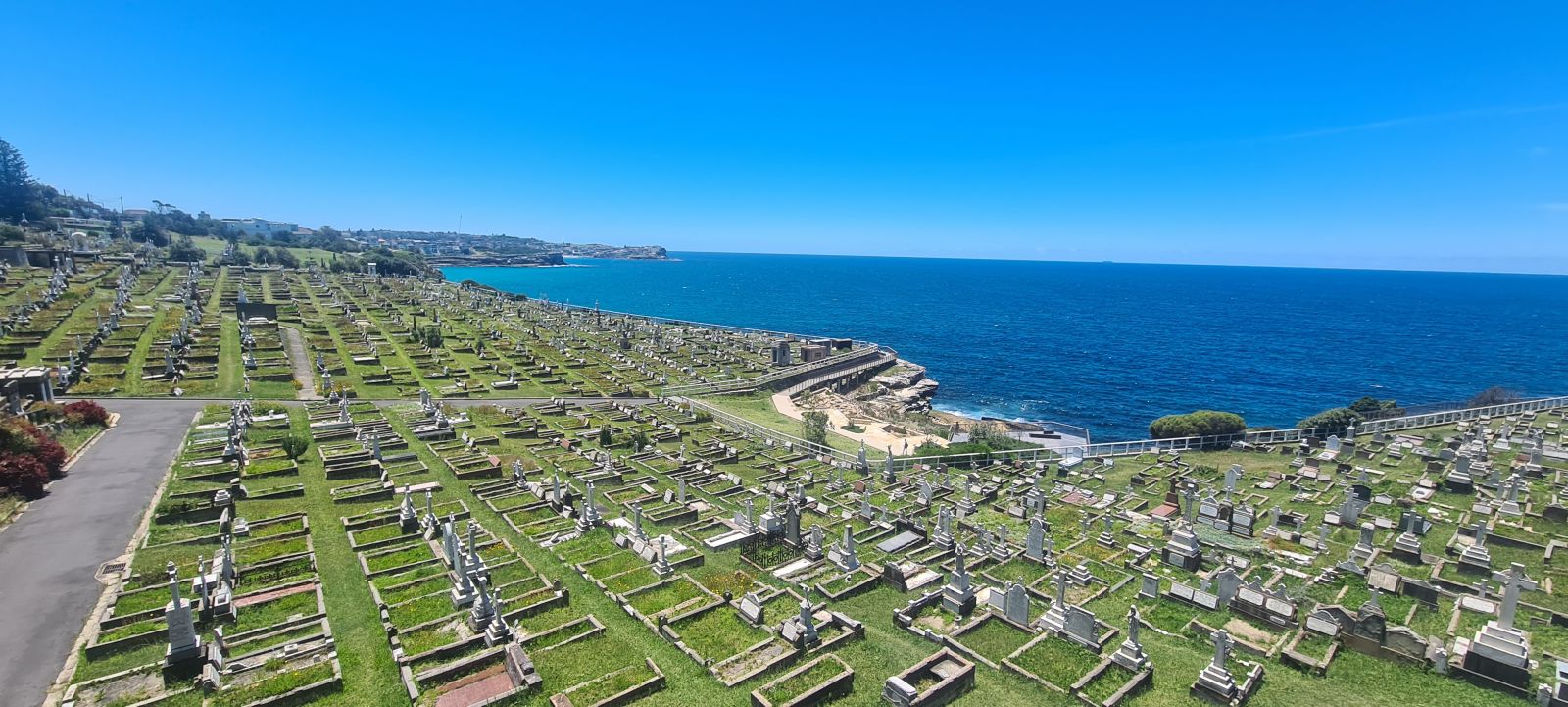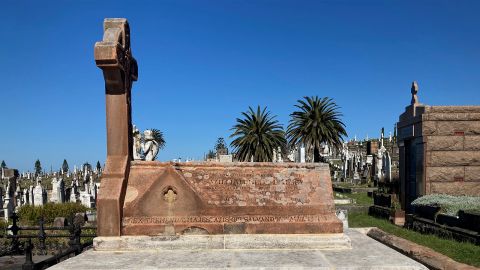Waverley Cemetery, established in 1877, is a cherished part of Sydney’s Eastern Suburbs, overlooking the Pacific Ocean and offering a serene resting place for over 100,000 souls. With its picturesque setting, the cemetery is not just a site of remembrance, but a reflection of the evolving values and culture of Australia.
Nestled between two ridges, the cemetery’s meticulously designed layout features ethereal white Carrara marble monuments, which create a striking contrast against the blue backdrop of the sea and sky. This stunning natural and architectural beauty has made Waverley Cemetery a beloved place within the local community.
Waverley Cemetery is the final resting place of notable figures from various fields, from writers and artists to politicians, military leaders and sports heroes, alongside everyday people. Over the years, it has become more than just a cemetery; it is a place where stories live on.
Today, Waverley Cemetery continues to serve as an important landmark in Sydney's history. It is a peaceful space for the living to remember the deceased, a place where stories are told, and where memories are preserved. Visitors can stroll along the Coastal Walk, enjoying the spectacular views and reflecting on the legacies of those who rest here.
Discover what makes Waverley Cemetery so special, what is being done to preserve its magnificent monuments, and meet some of the notable names interred at the cemetery in this short film.
Explore Waverley Cemetery’s history further below, or discover more stories of the people laid to rest there.


